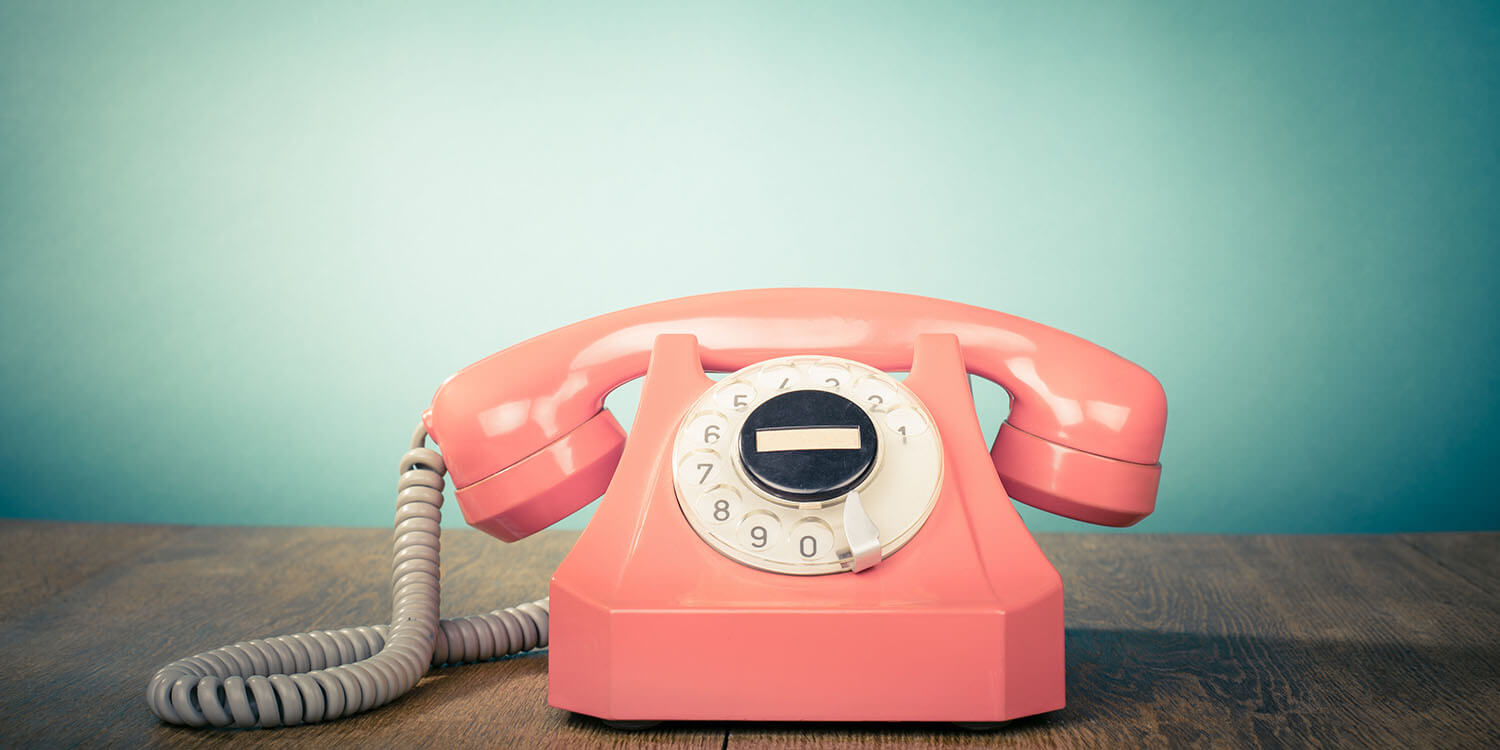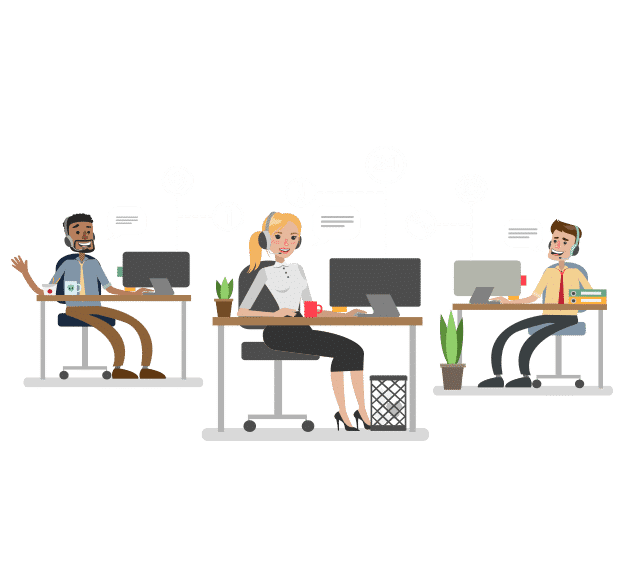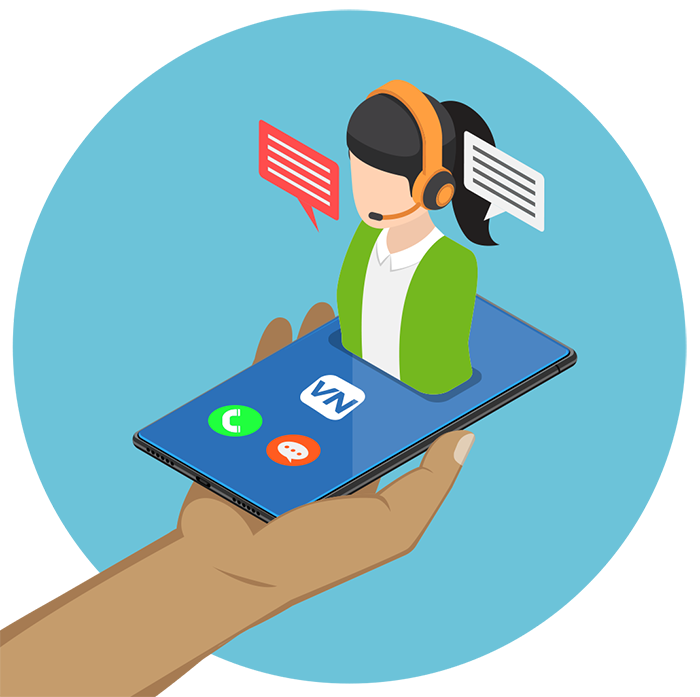All Categories
Featured
Table of Contents
- – What Is The Best Construction & Trades Phone An...
- – How Do I Find A Temporary Or Short-term Call A...
- – How Much Does How To Call Forward To An Answer...
- – Who Is The Best How Much Does An Answering Se...
- – Who Is The Best What Is An Answering Service?...
- – What Are The Highest Rated What Is An Answer...
What Is The Best Construction & Trades Phone Answering Service To Buy Right Now?
This gadget and its successors were developed by Sava Jacobson, an electrical engineer with a private consulting organization. While early voice mail utilized magnetic tape technology, a lot of contemporary devices uses solid state memory storage; some gadgets use a mix of both, with a solid-state circuit for the outgoing message and a cassette for the inbound messages.
"toll conserving" listed below) (phone call answering). This works if the owner is evaluating calls and does not wish to speak with all callers. In any case after going, the calling celebration must be notified about the call having actually been responded to (in most cases this starts the charging), either by some remark of the operator, or by some greeting message of the little, or resolved to non-human callers (e.
This holds specifically for the Littles with digitally saved welcoming messages or for earlier machines (prior to the rise of microcassettes) with an unique endless loop tape, separate from a second cassette, dedicated to recording. There have been answer-only gadgets with no recording abilities, where the greeting message needed to inform callers of a state of existing unattainability, or e (virtual answering service).
How Do I Find A Temporary Or Short-term Call Answering Services Service?

about schedule hours. In recording TADs the greeting typically contains an invite to leave a message "after the beep". A voice mail that uses a microcassette to tape-record messages On a dual-cassette answerphone, there is an outgoing cassette, which after the defined variety of rings plays a pre-recorded message to the caller.

Single-cassette voice mail consist of the outgoing message at the beginning of the tape and inbound messages on the remaining space. They first play the statement, then fast-forward to the next offered area for recording, then tape the caller's message. If there are many previous messages, fast-forwarding through them can cause a considerable hold-up.
This beep is frequently referred to in the greeting message, asking for that the caller leave a message "after the beep". TADs with digital storage for the recorded messages do disappoint this delay, obviously. A little might offer a remote control facility, whereby the answerphone owner can ring the home number and, by going into a code on the remote telephone's keypad, can listen to recorded messages, or erase them, even when away from home.
How Much Does How To Call Forward To An Answering Service Service Cost?

Therefore the device increases the number of rings after which it addresses the call (typically by 2, leading to four rings), if no unread messages are currently saved, however answers after the set number of rings (typically two) if there are unread messages. This enables the owner to discover whether there are messages waiting; if there are none, the owner can hang up the phone on the, e.
Some makers likewise permit themselves to be remotely triggered, if they have actually been switched off, by calling and letting the phone ring a certain large number of times (normally 10-15). Some provider desert calls currently after a smaller sized variety of rings, making remote activation difficult. In the early days of TADs an unique transmitter for DTMF tones (dual-tone multi-frequency signalling) was regionally needed for push-button control, given that the previously employed pulse dialling is not apt to convey suitable signalling along an active connection, and the dual-tone multi-frequency signalling was carried out stepwise.
Any incoming call is not recognizable with respect to these properties in advance of going "off hook" by the terminal equipment. So after going off hook the calls must be switched to suitable devices and just the voice-type is right away available to a human, but possibly, nevertheless ought to be routed to a LITTLE BIT (e.
Who Is The Best How Much Does An Answering Service Cost In 2023?
What if I told you that you do not need to in fact get your device when answering a customer call? Another person will. So hassle-free, right? Answering telephone call does not require someone to be on the other end of the line. Efficient automated phone systems can do the trick just as effectively as a live agent and in some cases even much better.
An automatic answering service or interactive voice reaction system is a phone system that communicates with callers without a live person on the line - answering service. When companies utilize this technology, consumers can get the answer to a question about your company merely by utilizing interactions set up on a pre-programmed call flow.
Although live operators update the client service experience, many calls do not require human interaction. A simple taped message or guidelines on how a customer can obtain a piece of details generally fixes a caller's immediate need - phone call answering. Automated answering services are a basic and reliable method to direct inbound calls to the ideal person.
Who Is The Best What Is An Answering Service? Company
Notification that when you call a company, either for assistance or item questions, the first thing you will hear is a pre-recorded voice welcoming and a series of options like press 1 for client service, press 2 for questions, and so on. The pre-recorded alternatives branch off to other choices depending on the customer's choice.
The phone tree system assists direct callers to the right individual or department utilizing the keypad on a smart phone. In some circumstances, callers can use their voices. It deserves keeping in mind that auto-attendant options aren't restricted to the 10 numbers on a phone's keypad. As soon as the caller has selected their first alternative, you can create a multi-level auto-attendant that uses sub-menus to direct the caller to the best kind of assistance.
The caller does not need to communicate with an individual if the auto-attendant phone system can manage their issue. The automatic service can route callers to a worker if they reach a "dead end" and require help from a live agent. It is pricey to employ an operator or executive assistant.
What Are The Highest Rated What Is An Answering Service And Why Use One??
Automated answering services, on the other hand, are considerably more economical and provide significant expense savings at approximately $200-$420/month. Even if you don't have actually committed personnel to deal with call routing and management, an automatic answering service improves productivity by allowing your group to focus on their strengths so they can more efficiently invest their time on the phone.
A sales lead routed to customer care is a lost shot. If a consumer who has item questions reaches the incorrect department or gets insufficient answers from well-meaning staff members who are less trained to handle a particular kind of question, it can be a cause of frustration and discontentment. An automated answering system can minimize the variety of misrouted calls, thus helping your staff members make better usage of their phone time while releasing up time in their calendar for other tasks.
With Automated Answering Systems, you can develop an individualized experience for both your personnel and your callers. Make a recording of your main welcoming, and merely upgrade it regularly to reflect what is going on in your organization. You can create as lots of departments or menu alternatives as you desire.
Table of Contents
- – What Is The Best Construction & Trades Phone An...
- – How Do I Find A Temporary Or Short-term Call A...
- – How Much Does How To Call Forward To An Answer...
- – Who Is The Best How Much Does An Answering Se...
- – Who Is The Best What Is An Answering Service?...
- – What Are The Highest Rated What Is An Answer...
Latest Posts
Premium Ai Answering System
Top Virtual Phone Answering Near Me – Swan
Dependable Automated Answering Service – Adelaide
More
Latest Posts
Premium Ai Answering System
Top Virtual Phone Answering Near Me – Swan
Dependable Automated Answering Service – Adelaide